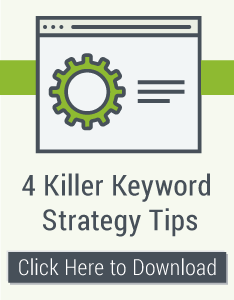In recent weeks, Google announced a Panda update that has left webmasters and SEO experts clambering to find out more. Common questions include: What was the latest update? Is my website affected? Will my SEO ranking change? Don’t worry, we have you covered with everything you need to know about the Google Panda update.
What is Google Panda?
It has been confirmed that Panda is now one of Google’s core ranking algorithms. Jennifer Slegg from the SEM Post, shared the following statement she received from a Google spokesperson in her helpful Panda Guide.
“Panda is an algorithm that’s applied to sites overall and has become one of our core ranking signals. It measures the quality of a site, which you can read more about in our guidelines. Panda allows Google to take quality into account and adjust ranking accordingly.”
Is there a Magic Formula?
Unfortunately, there is no magic formula. However, there are some important factors to keep in mind when deciphering if your website is in need of a few tweaks or a major overhaul. Learn what Google counts as a high-quality site to avoid the wrath of the Panda or ending up on the dreaded Google Blacklist.
Your Content Should Match the Search Query
You should always deliver the content the user is expecting to find. You will only rank for keywords that have relevant, helpful content that meets a searcher’s expectations. Here is an example of what not to do with search engine optimization:
A user types in “women’s athletic sneakers” into Google’s search box, which leads them to a results page with a list of possible websites to visit, including yours. However, when the user clicks on your link, they are directed to a “computer software” page on your site. The visitor is confused, annoyed and immediately leaves your site. This is because you misled them by including irrelevant keywords on your site just to increase traffic.
Focus on User Experience, Not Search Engines
The above example is exactly what Google Panda is trying to stop websites from doing. At the end of the day, its weeding out low-quality websites that provide little to no value to searchers. So, stop worrying about the number of visits that your site gets each day and start focusing on delivering quality content for the best user experience. Use Search Analytics in Google Search Console and Google Analytics to see what content needs improvement.
Quality Assurance Checklist
- Does your site have fresh, unique, quality content? This does not apply to text only, content can also be in forms of videos and images.
- Is there any duplicate or repetitive content throughout your site, including blogs and other web pages?
- Do you share content that provide value to readers instead of only trying to please search engines?
- Are there any irrelevant keywords used just in hopes of a higher search ranking?
- Is your content considered to be trustworthy and well-researched?
- If you have an e-commerce site, are credit card transactions fully secure?
Bottom Line
It’s important to keep in mind that even if your site has a change in ranking, it may not be caused by Google Panda. There are still hundreds of other ranking signals within its core algorithm that can actually be what’s affecting your website’s ranking. Even if your site has a few low-quality pages, it can still be considered an overall great site.
Final tip: focus on user experience and valuable content.






